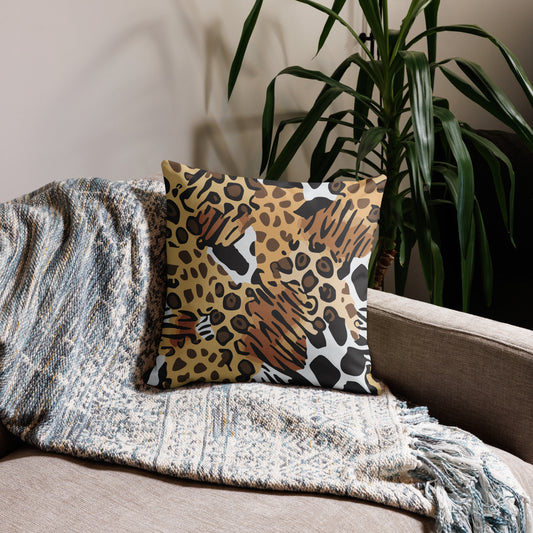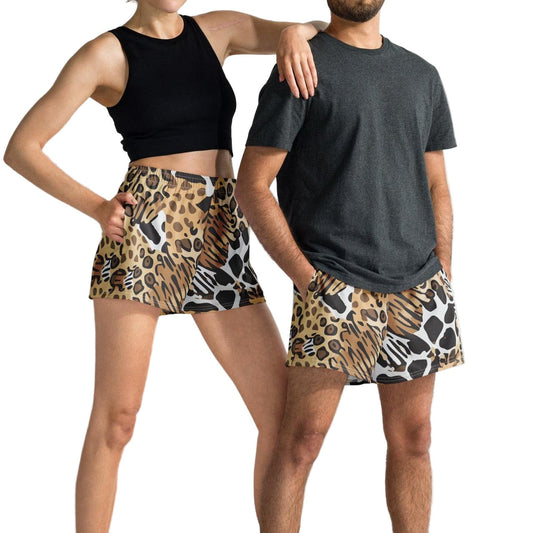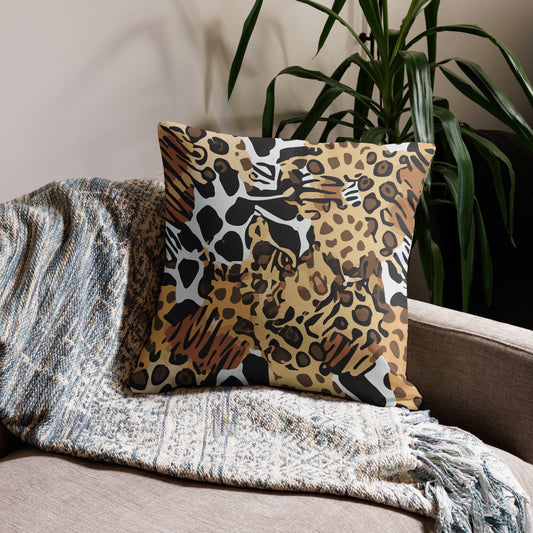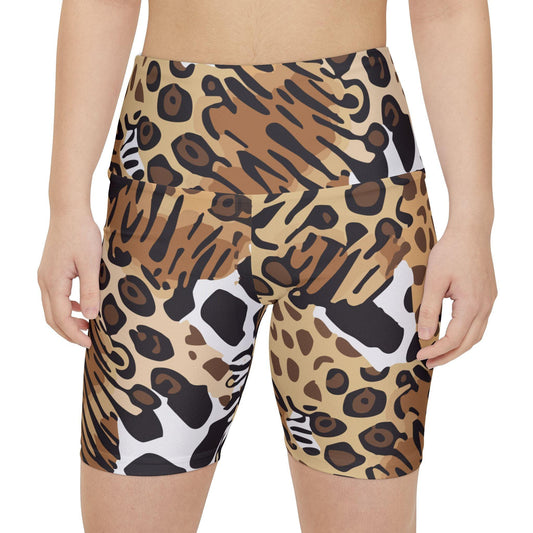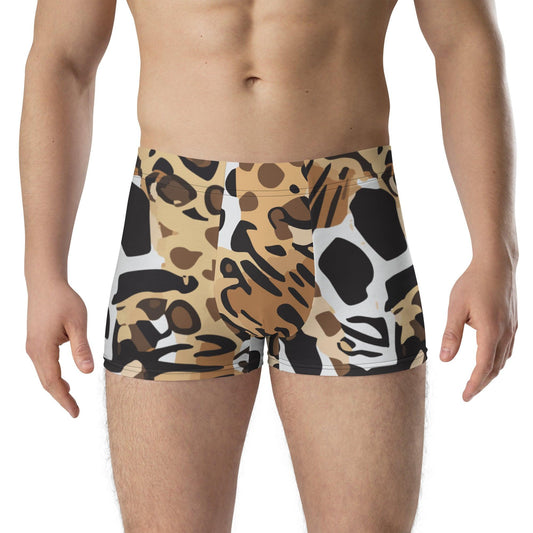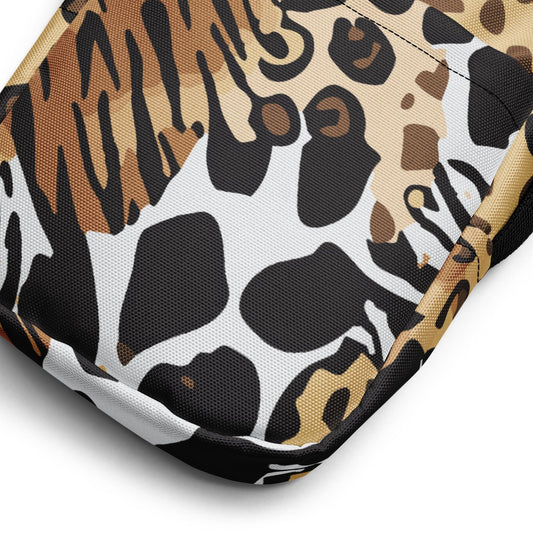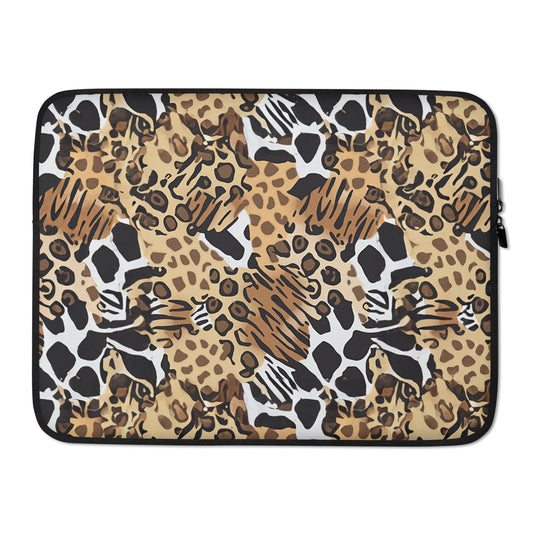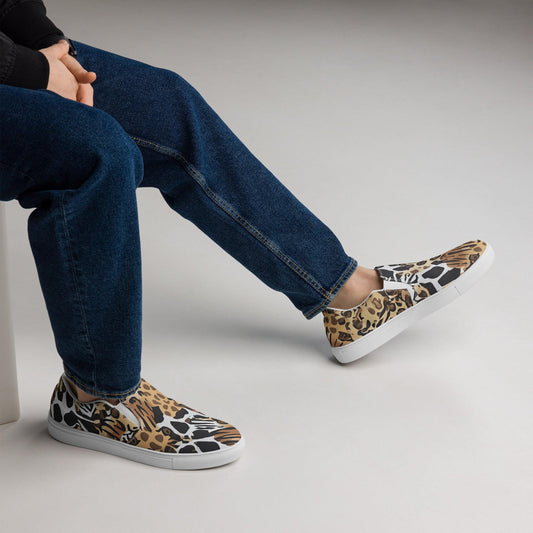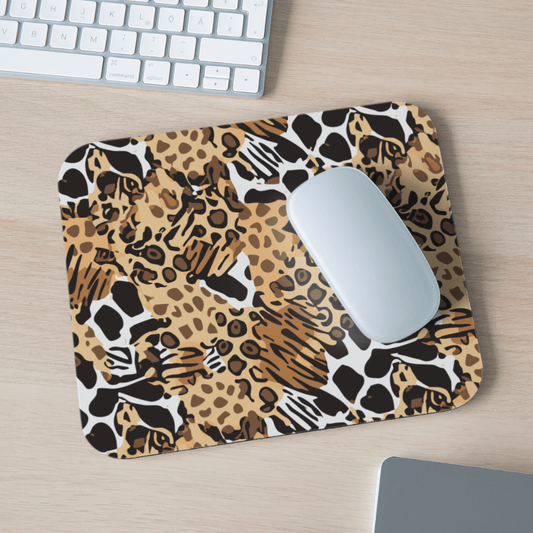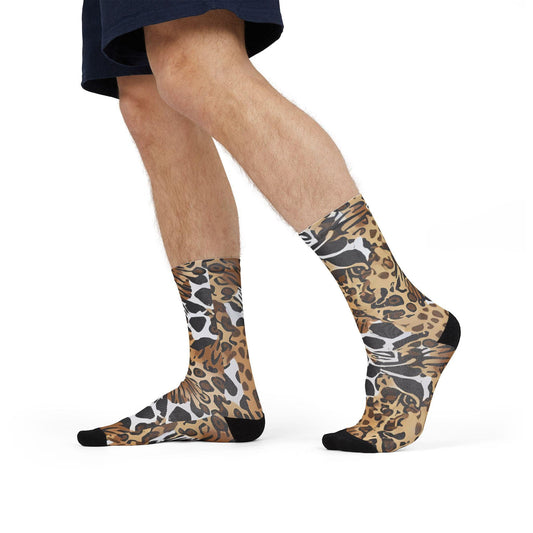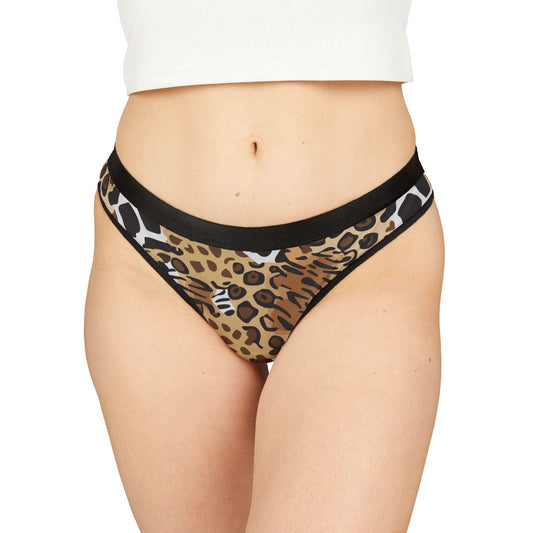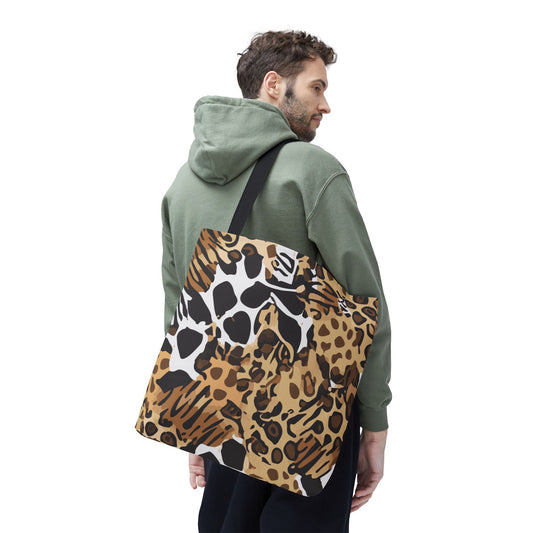Each element plays a calculated role. Tiger stripes slash across the field in disruptive diagonals; jaguar spots scatter texture in uneven densities; giraffe patches break continuity with irregular blotches; and the zebra–giraffe hybrid bands introduce interference that unsettles visual tracking. Together these markings generate a composite field designed to confuse recognition and obscure motion, closer to evolutionary adaptation than to standard textile repeat.
The design’s origins are tied to FOXHOUND, the covert unit recognized for creating and deploying specialized camouflage and experimental gear. Within that framework, the Animal Camouflage functioned not only as a concealment pattern but also as a symbolic extension of the group’s culture of animal-coded identities. Figures such as Ocelot, long associated with FOXHOUND, reinforced this convergence of biological metaphor and tactical practice. In that sense, the Animal Camouflage stands as both a disruptive field pattern and an emblem of FOXHOUND’s experimental doctrine.



